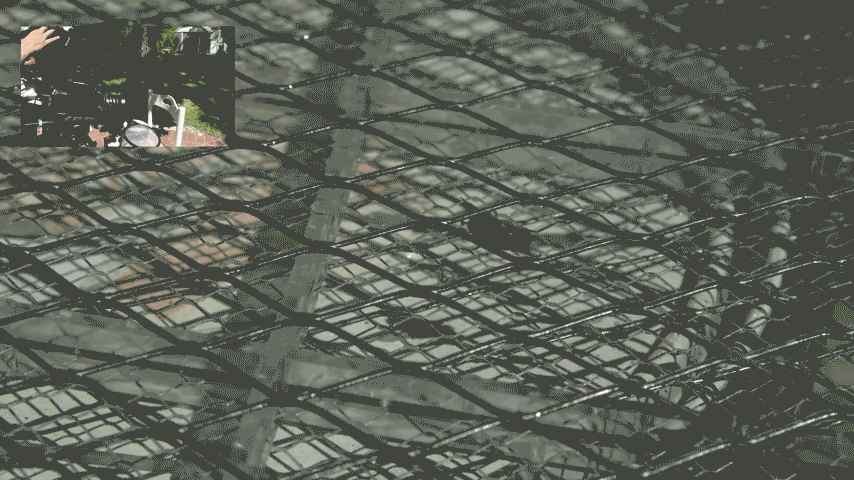

The world, if you didn’t know, looks entirely different in slow motion. For example, take a bug zapper. They are actually rather simple devices. In short, they kill insects with electricity (that seems rather obvious). Voltage is supplied to two mesh wires via a transformer. These two mesh wires are separated by a tiny space. A light is placed on the very inside of the wires. This light attracts insects.
Ultimately, the attraction works in two ways. First, a lot of insects see ultraviolet light better than visible light. Thus, the insects are attracted to these light sources more than the other kinds of light that we generate. Second, the flower pattern is meant to catch the insects’ attention and draw them in.
Then, when the bug reaches the mesh grid, a high-voltage electric current kills the insect. Some of these devices can kill 10,000 insects a night (depending on where they are placed and how many insects are about).
So, are they environmentally sound? Well, that depends on who you ask. For example, two decades ago, University of Delaware researchers, Timothy Frick and Douglas Tallamy, conducted research related to the kinds of insects being killed by these devices. Their work was published in the journal<em> Entomological New</em>s. And the findings were not all that spectacular. Some 14,000 insects were electrocuted and counted. Of these, only 31 (yes, just 31. Not 31%) were mosquitoes and biting gnats.
An overwhelming majority of the insects were midges and other insects that do not bite humans. In fact, the scientists claimed that a majority of the insects were actually attracted to the area from nearby sources of water. They likely wouldn’t have been about if not for the light source. In their conclusion, the researchers claimed that this many would disturb nearby ecosystems.
It’s something that we often ignore. So maybe take a look. Here, the Slow Mo Guys, Gavin Free and Daniel Gruchy, show exactly what happens when a bug is caught in a zapper.

From Quarks to Quasars is two people, Jaime and Jolene.
We want to make the world a more sciencey place.
We’re doing that, but with your help, we can do even more.
FQTQ takes a lot of time, money, and effort.
Here, you can support us, get to know us, and access extra content: